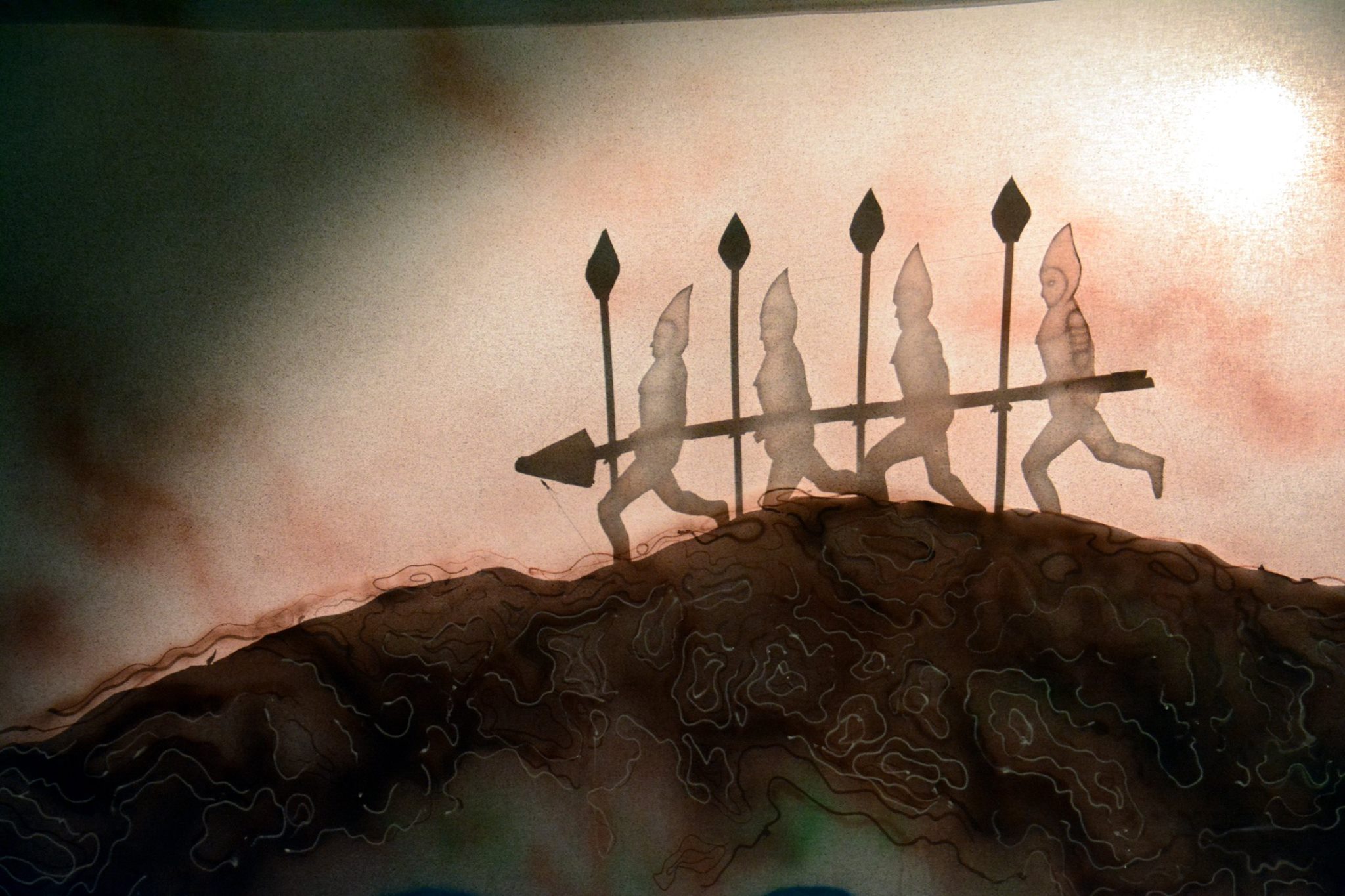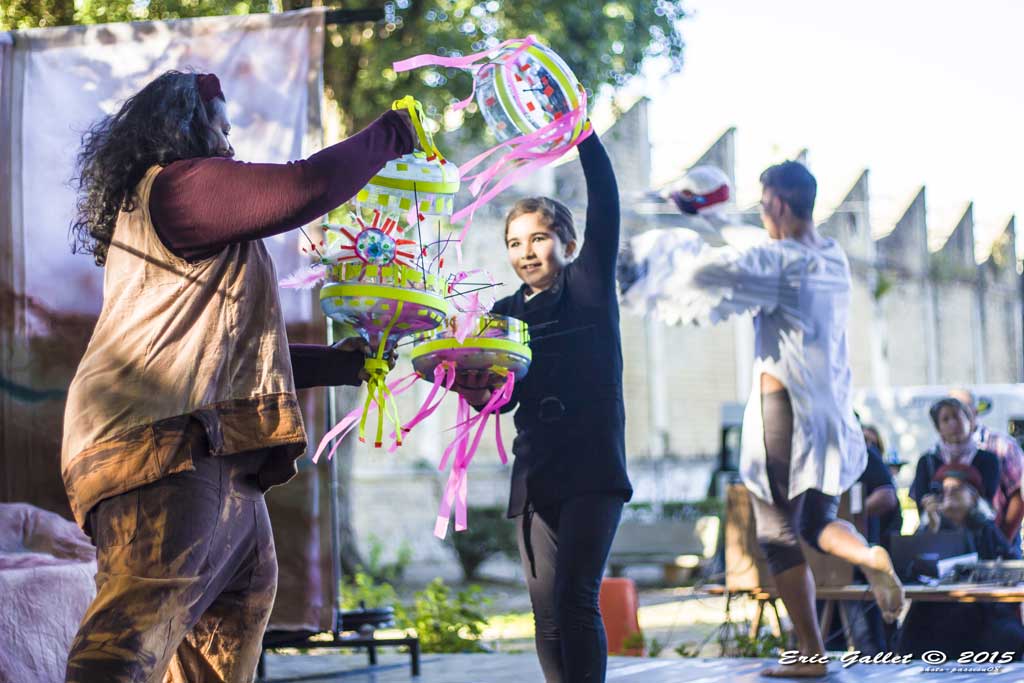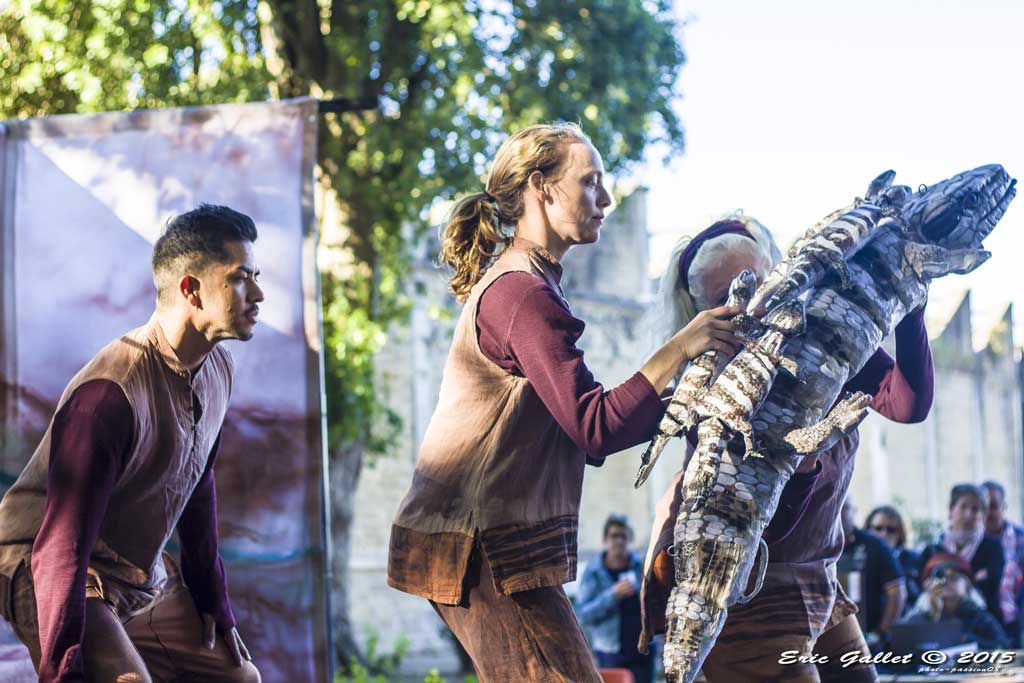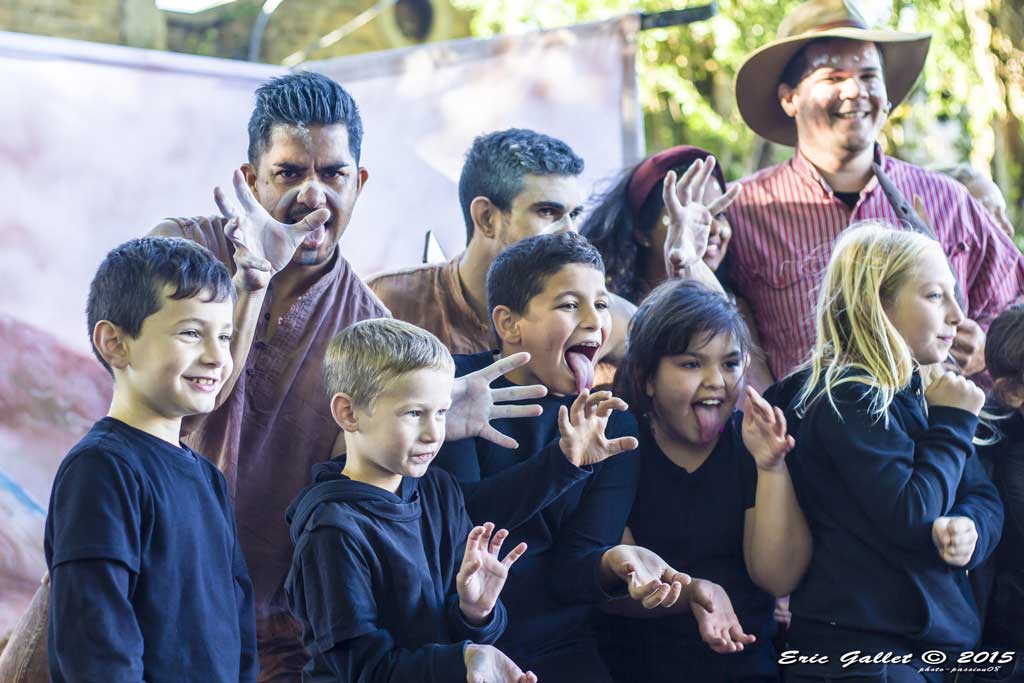RIGHTS OF NATURE TRIBUNAL AUSTRALIA 2016
22nd October 2016, Banco Court, Brisbane
AELA is hosting a one-day Rights of Nature Tribunal in Brisbane on 22nd October 2016. This citizen’s tribunal will hear cases presented by citizens and Earth lawyers concerned about the destruction of ecosystems and the Earth community in Australia. Australia’s RON Tribunal is a ‘regional chamber’ of the International Rights of Nature Tribunal. Information about the International Tribunal can be found on this website: http://therightsofnature.org/rights-of-nature-tribunal/
As a ‘citizen’s tribunal’ the RON Tribunal is not a government endorsed activity nor do any of its activities, decisions or recommendations have the force of government-sanctioned law. The Tribunal’s aims are as follows: to provide an important forum for citizens of Australia to speak on behalf of the Earth community; to challenge the current legal system’s failure to protect the health of the natural world; to highlight the role that government agencies and corporations play a part in destroying the Earth community and to recommend what citizens would like to see happen, to protect and restore Australia’s precious ecosystems and wider Earth community.
The Tribunal will be conducted seriously and with great respect to the venue (Banco Court) and all participants and cases. The Tribunal will be run according to rules developed for such Tribunals by the Global Alliance for the Rights of Nature. A panel of judges will hear the cases and make recommendations. Citizens, scientific experts and legal experts from around Australia will be invited to participate.
At this stage, AELA is planning that the Tribunal will hear depositions from citizens and Earth lawyers, to admit their cases to the Tribunal for further deliberation during late 2016 and early 2017. The cases that AELA’s RON Tribunal expects to hear are as follows:
- Mardoowarra/Fitzroy River (Western Australia) vs the Federal and WA Governments.
This case will be presented by traditional custodians of the Mardoowarra/Fitzroy River and will include claims that the River must have its legal rights recognised, in accordance with the traditional custodians’ ‘first laws’ and the rights of nature - Dr. Anne Poelina - The Atmospheric Commons vs Australia Government and the Fossil Fuel Industry.
This case will challenge Australia’s inaction on climate change and will feature some of Australia’s leading climate scientists and civil society climate advocates. - The Forests of Australia vs Federal and State Governments.
This case will be presented by forest protectors from Tasmania, East Gippsland, Queensland, Western Australia and Northern NSW, challenging the legality of native logging across the continent. - The Great Artesian Basin vs Federal & State Governments and Coal Seam Gas Industry. This case will hear evidence from scientists, community members and civil society organisations such as Lock the Gate, about the contamination and depletion of Australia’s precious groundwater.
- Earth Defenders vs the Tasmanian, NSW and WA Governments.
This case will challenge the treatment of environmental protectors and Earth advocates, under new legislation aimed at suppressing peaceful protest activity in various Australian jurisdictions. - Watching brief: The Great Barrier Reef vs Australian and Queensland Governments.
The Tribunal will receive an update on the status of the Great Barrier Reef, which was the first case that Australia took to the International Rights of Nature Tribunal. Concerns for the Reef have heightened in light of the 3rd April announcement by the Queensland Government that it has approved the mining leases for the Adani Carmichael Mine.
To support the Tribunal and promote cultural engagement with the emerging movement around the Rights of Nature, AELA has also created a major Earth Arts program for 2016, simply called ‘RONA16’. AELA’s intention is to blend the creative re-interpretation of environmental governance with cultural responses to the rights of the natural world to flourish. More information about RONA16 can be found on this website: http://www.earthlaws.org.au/current-projects/earth-arts/earth-arts-rona16/




























































































